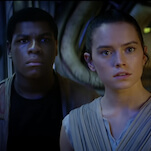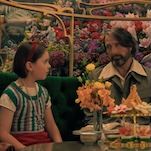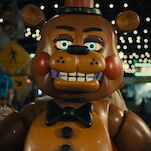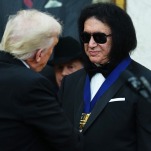Blumhouse's Five Nights At Freddy's gambit paid off
Director Emma Tammi unlocked the key to the spooky video game adaptation's huge box office success
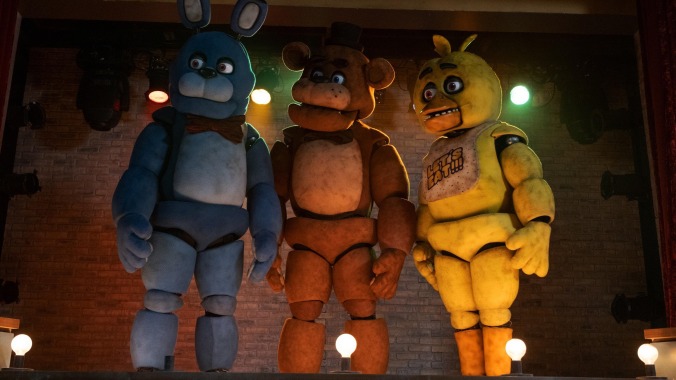
Five Nights At Freddy’s Photo: Universal Studios
Five Nights At Freddy’s made a frightfully good showing at last weekend’s box office, pulling in $78 million—enough to unseat both Taylor Swift: The Eras Tour and Killers Of The Flower Moon. This massive (and somewhat unexpected) success was enough to log the spooky video game adaptation in the history books as not just the highest-grossing opening weekend in producing studio Blumhouse’s history, but also the highest-grossing film in the history of Halloween weekends ever. This feat is especially impressive considering the team behind it knew they might be alienating non-game-players from the start.































